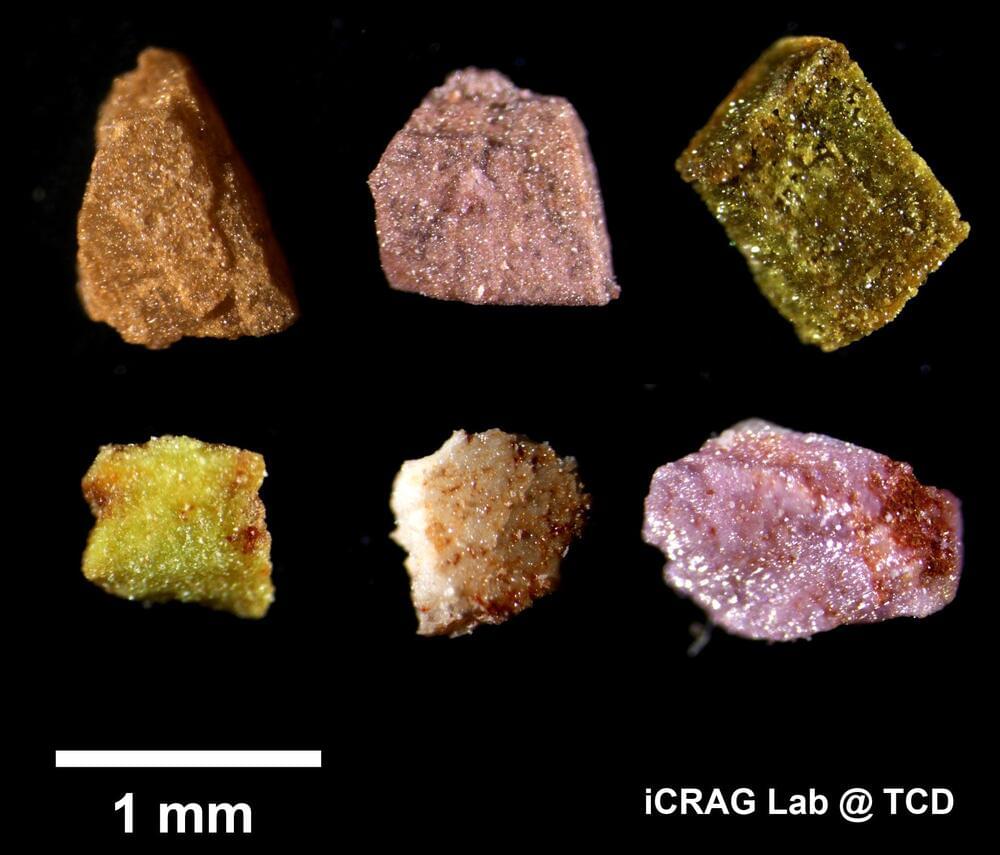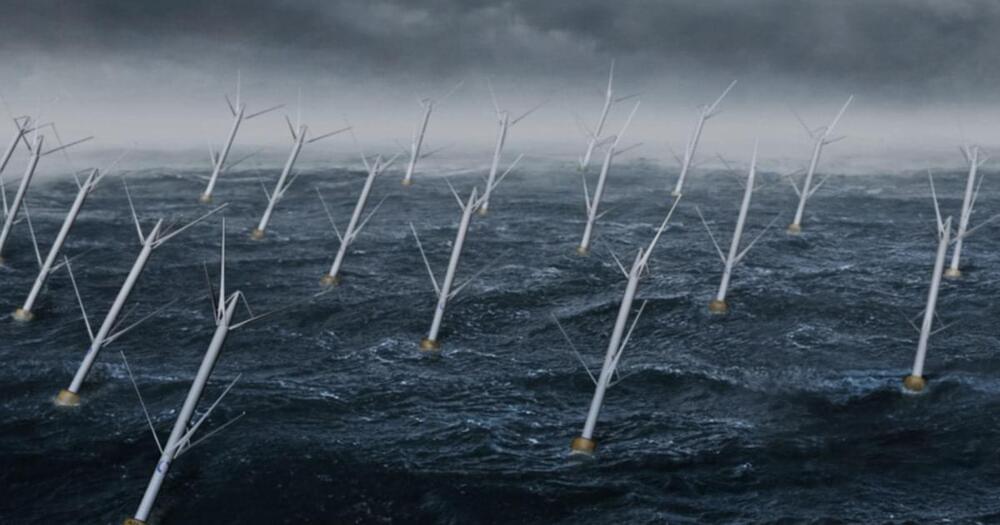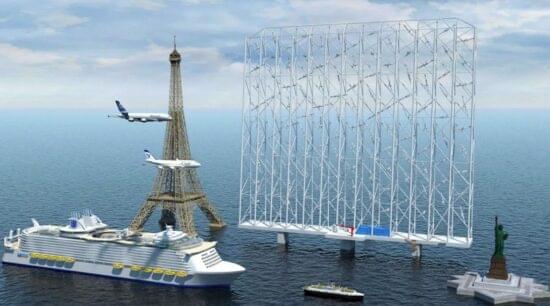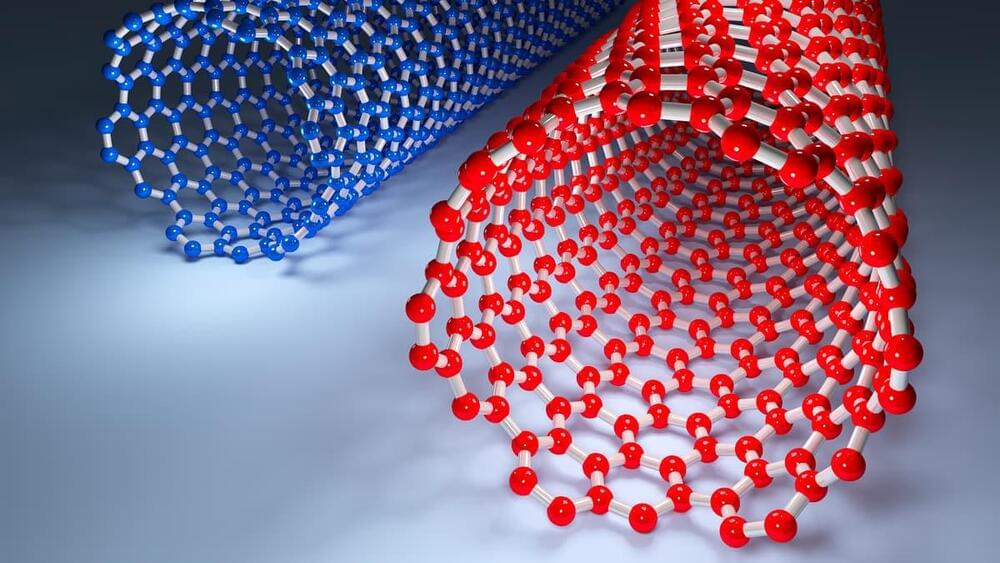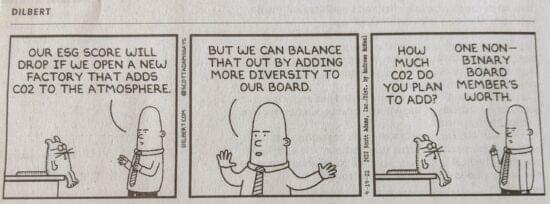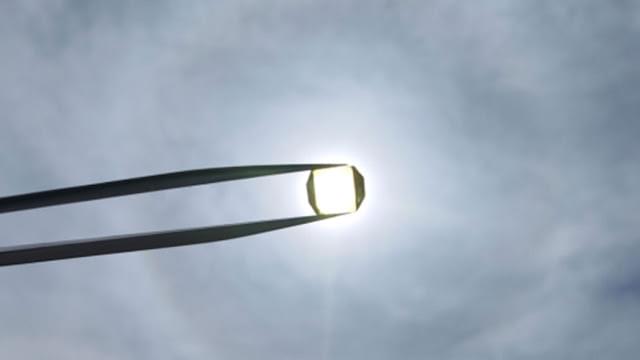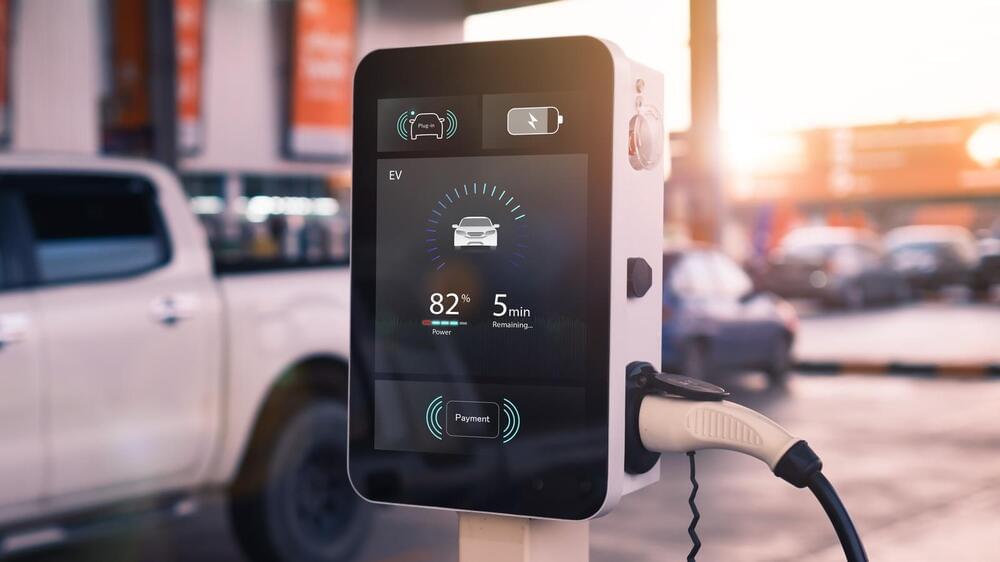It is scheduled to be completed by 2050.
Tokyo’s Metropolitan Government plans to build a high-tech, sustainable city on reclaimed land in its bay area — Tokyo Bay eSG. Announced in April 2021, the Tokyo Metropolitan Government is clearing the decks for action to make the city carbon-neutral and better able to withstand future climate and health crises.
As its name implies, Tokyo eSG will be designed on the fundamentals of social and environmental governance and combine cutting-edge green technologies.
Tokyo Bay eSG
Announced in April 2021, the Tokyo Metropolitan Government is clearing the decks for action to make the city carbon-neutral and better able to withstand future climate and health crises.
